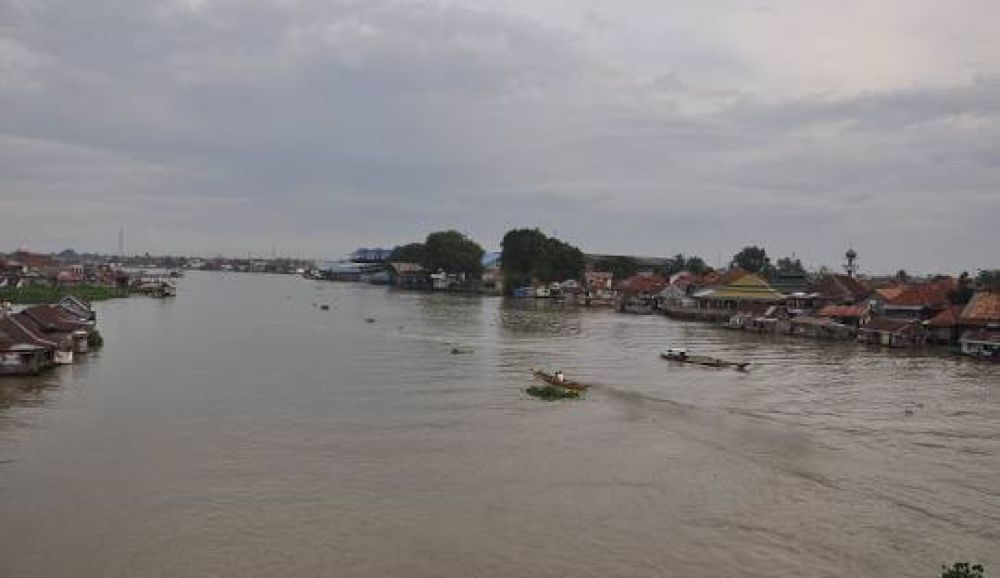

The Musi River has been a center of civilization and economic activity for centuries, playing an integral role in the growth and development of Palembang. The region has a rich history, notably as the seat of the Srivijaya maritime empire, which flourished from the 7th to the 13th centuries. This empire was known for its powerful naval and commercial capabilities, and the Musi River was its lifeblood - facilitating trade and cultural exchanges with other parts of Asia.
As early as the 16th century, Palembang's position on the Musi River made it a strategic trading post, attracting European colonizers such as the Dutch, who later controlled the city and the surrounding area. The legacy of these times lives on in the city’s architecture and the cultural melting pot that is evident today.
Despite its historic significance, it wasn’t until the late 20th and early 21st centuries that tourism began to develop along the Musi River. This push for developing tourism was part of Indonesia's broader efforts to diversify its economy and showcase its cultural heritage. The presence of iconic landmarks such as the Ampera Bridge and the 16th-century Kuto Besak Fortress has played a significant role in attracting tourists.
The local government has invested in infrastructure and facilities designed to improve the visitor experience, such as river cruises, riverside promenades, and cultural performances that enliven the historical narrative of Palembang.
Today’s tourism trends along the Musi River revolve around cultural experiences and eco-tourism. Tourists are keen on exploring the river's natural beauty on traditional boats, engaging with the local culture, and sampling the unique cuisine of South Sumatra. With the growing awareness of sustainable tourism, there's also an emphasis on conserving the river's environment and supporting local communities.
Digitalization plays a big role in contemporary tourism trends. Tourists can now easily discover the river's offerings through online platforms, virtual tours, and travel apps. The integration of these technologies has made Musi River's tourist attractions more accessible to international visitors.
Eco-friendly practices are also increasingly important, with attempts to reduce the impact of tourism on the river's ecosystem. Efforts such as controlling river pollution and promoting responsible tourism practices are essential to preserving the Musi River for future generations.